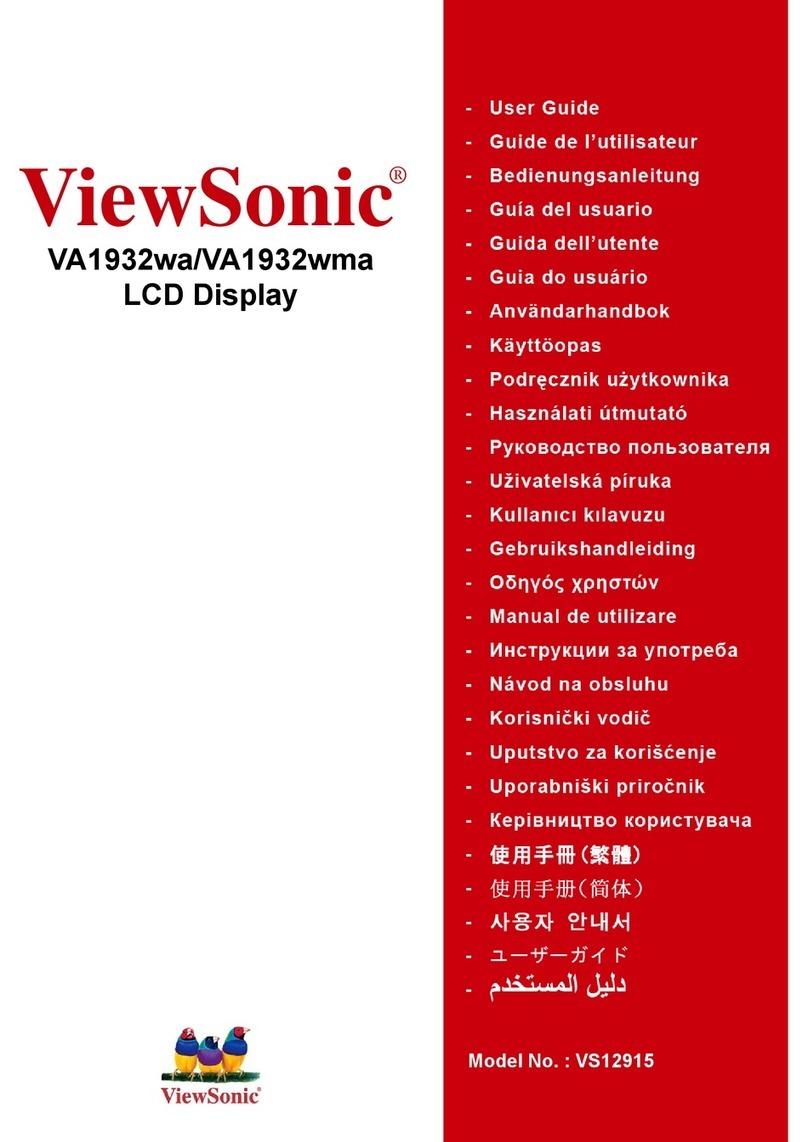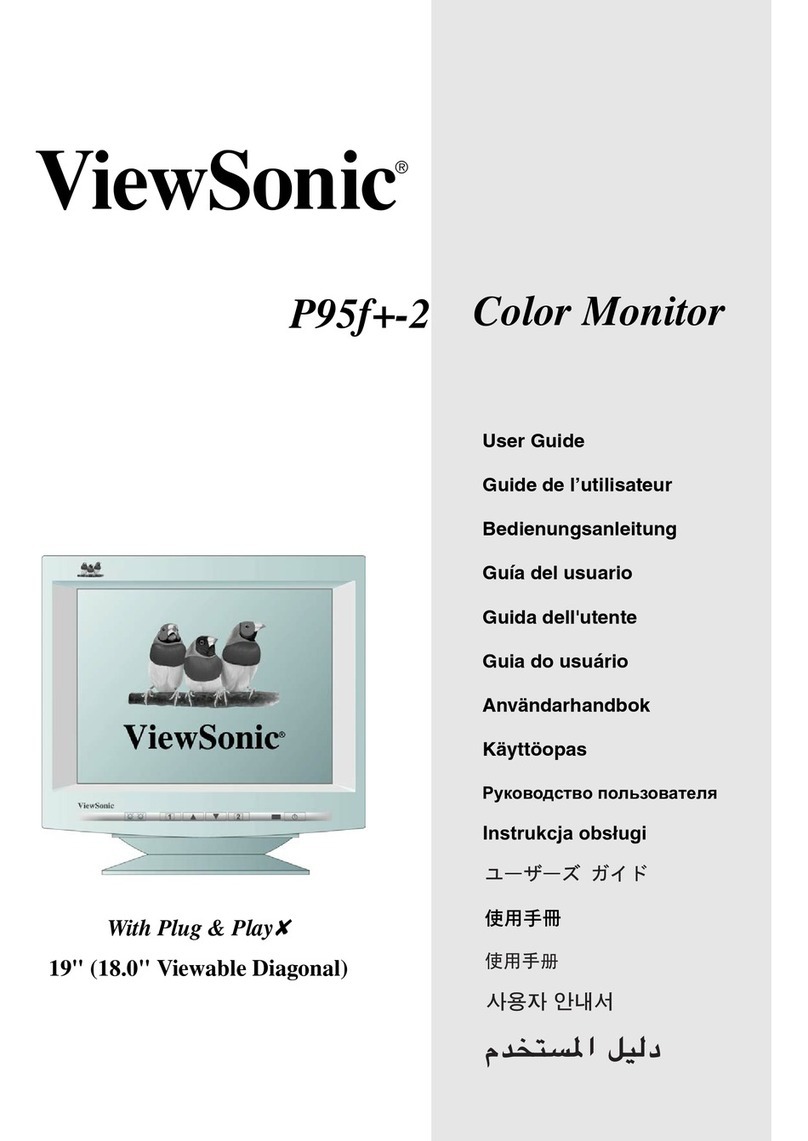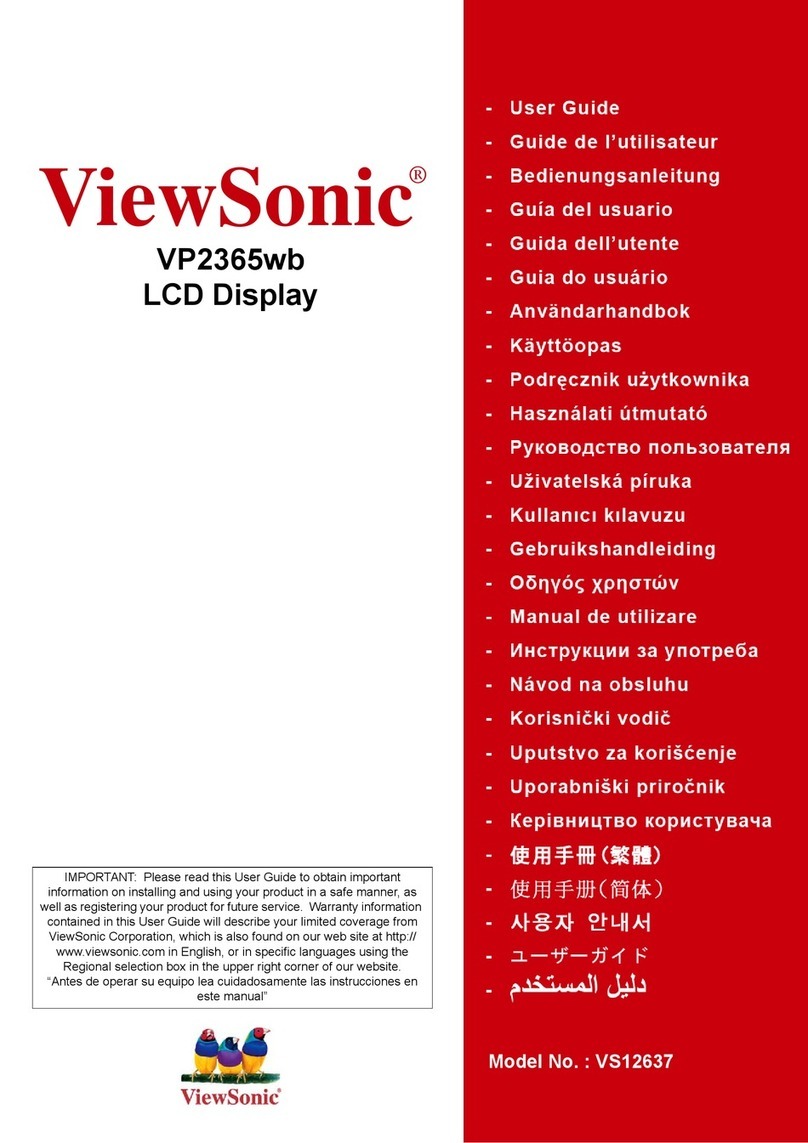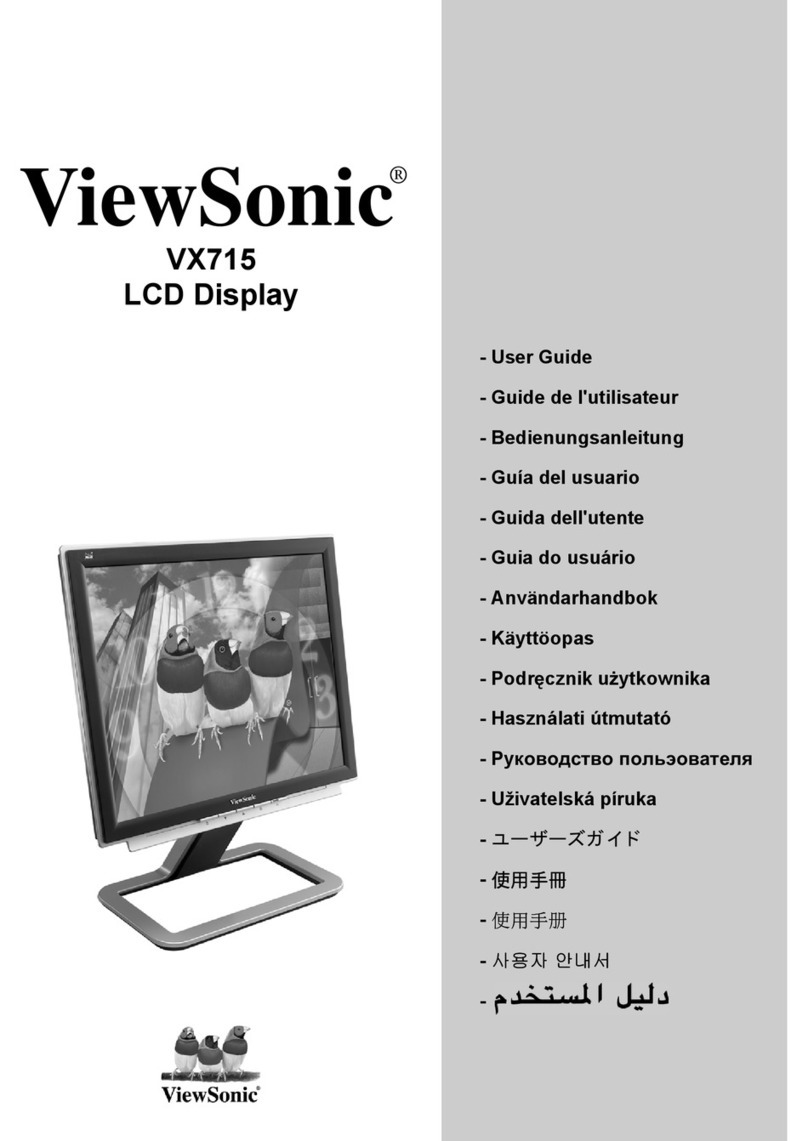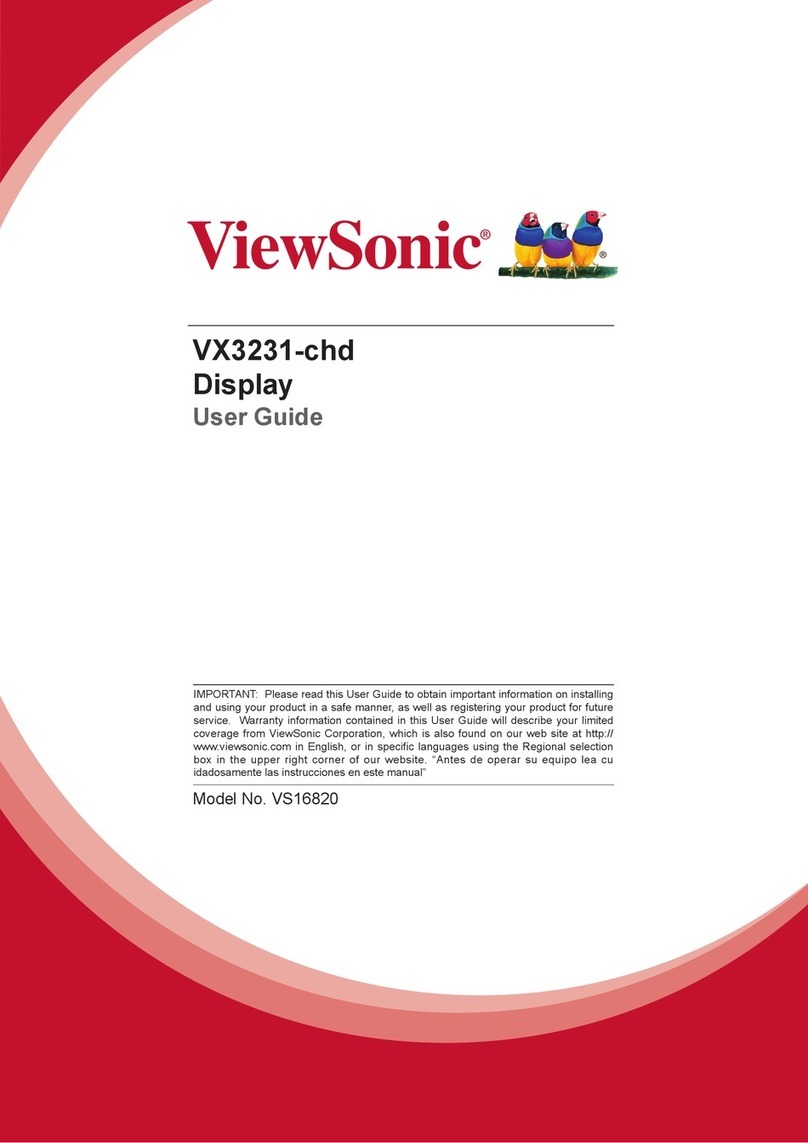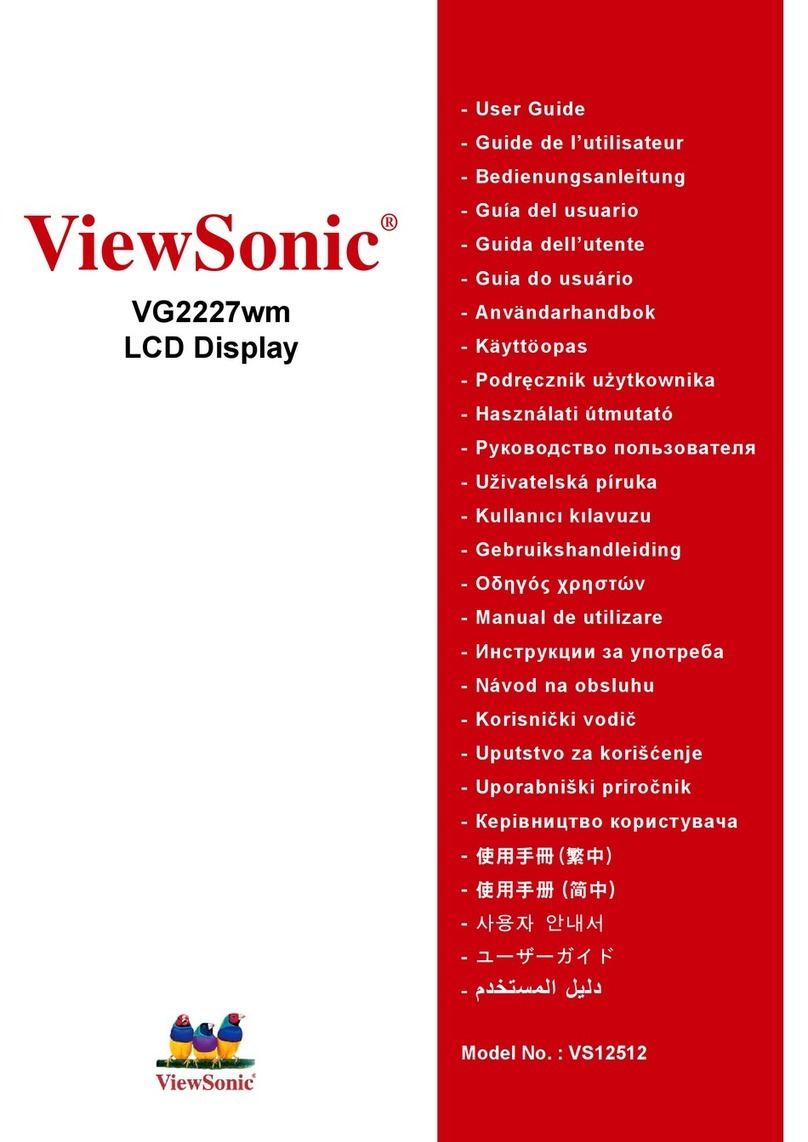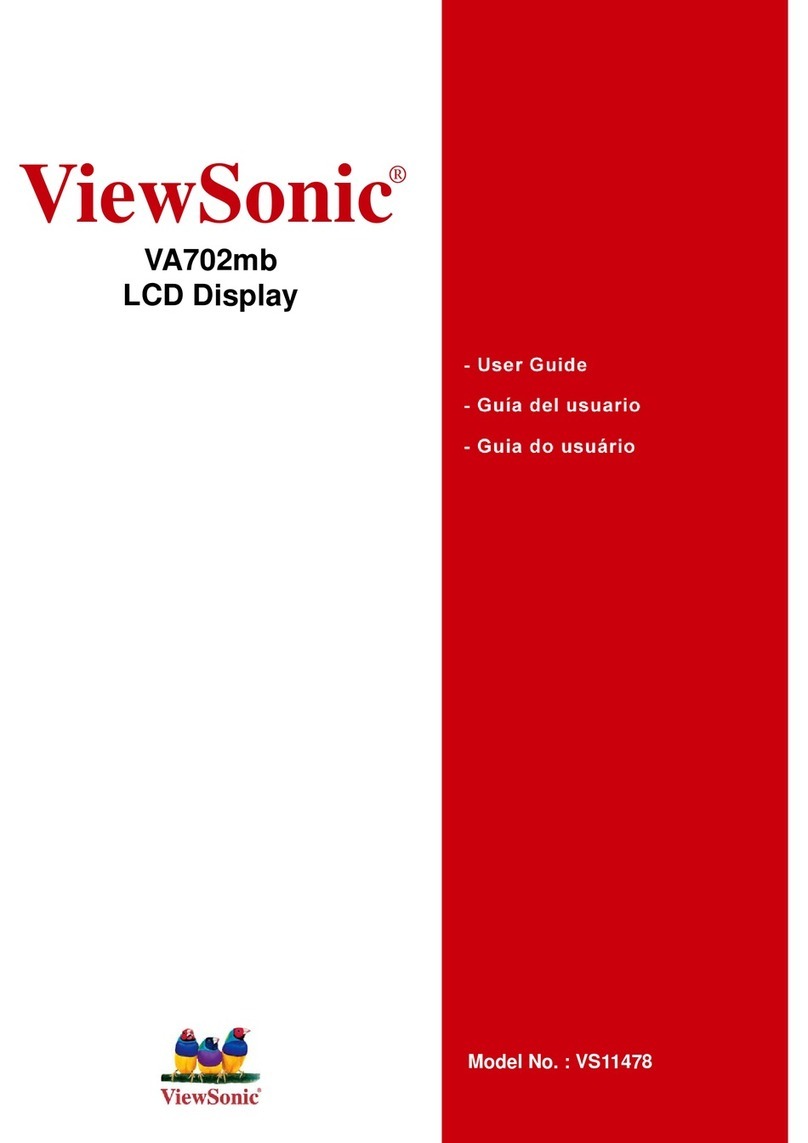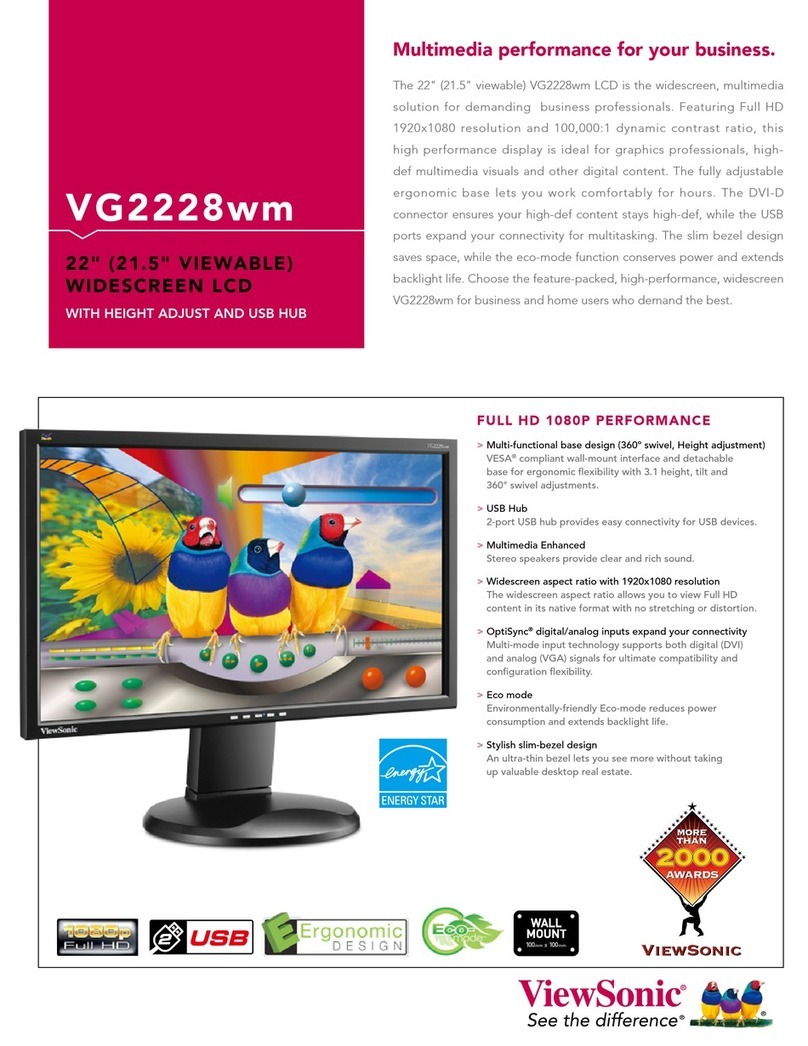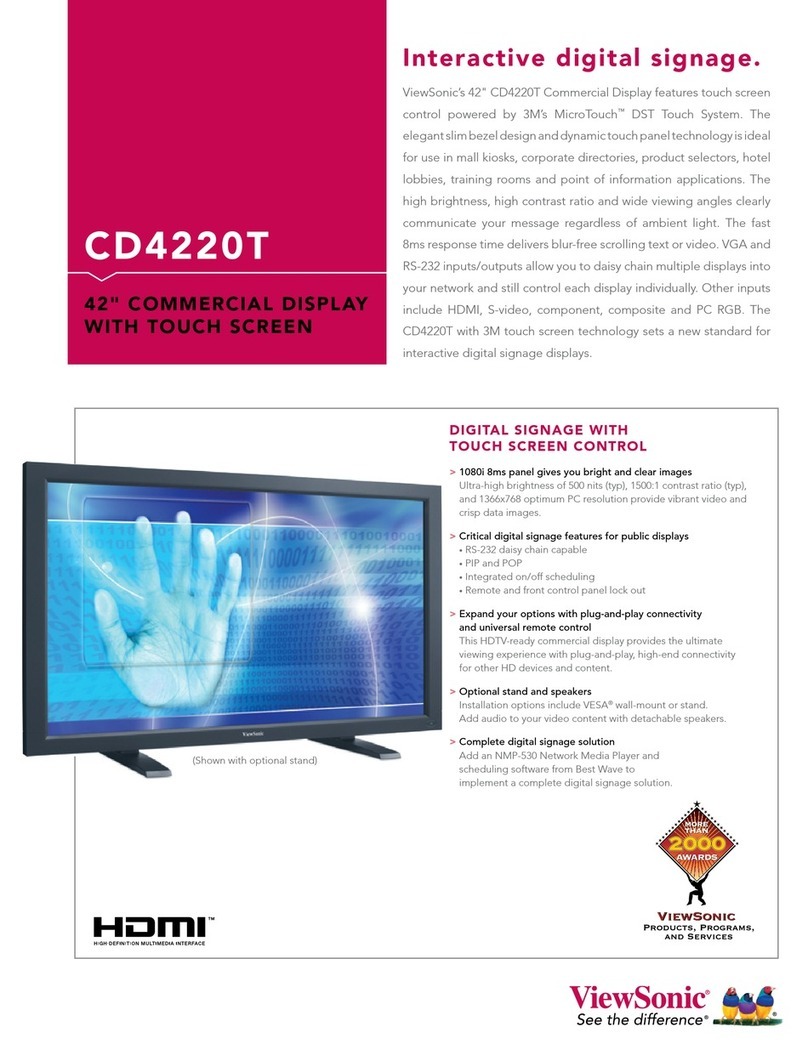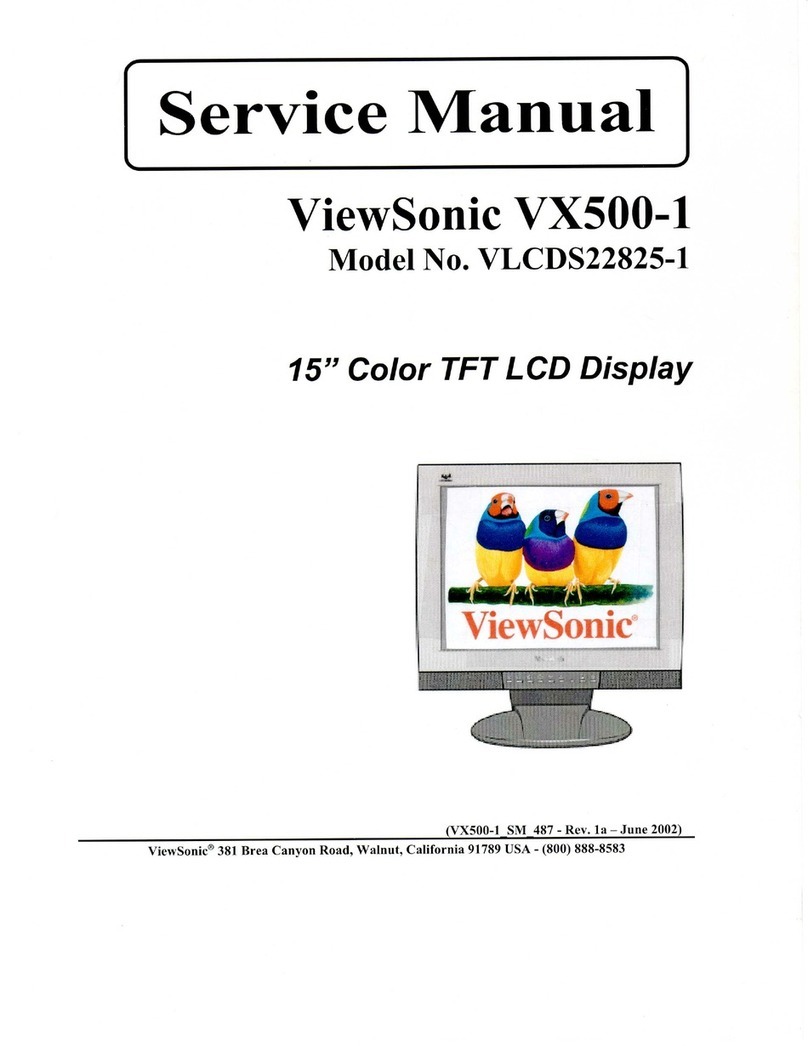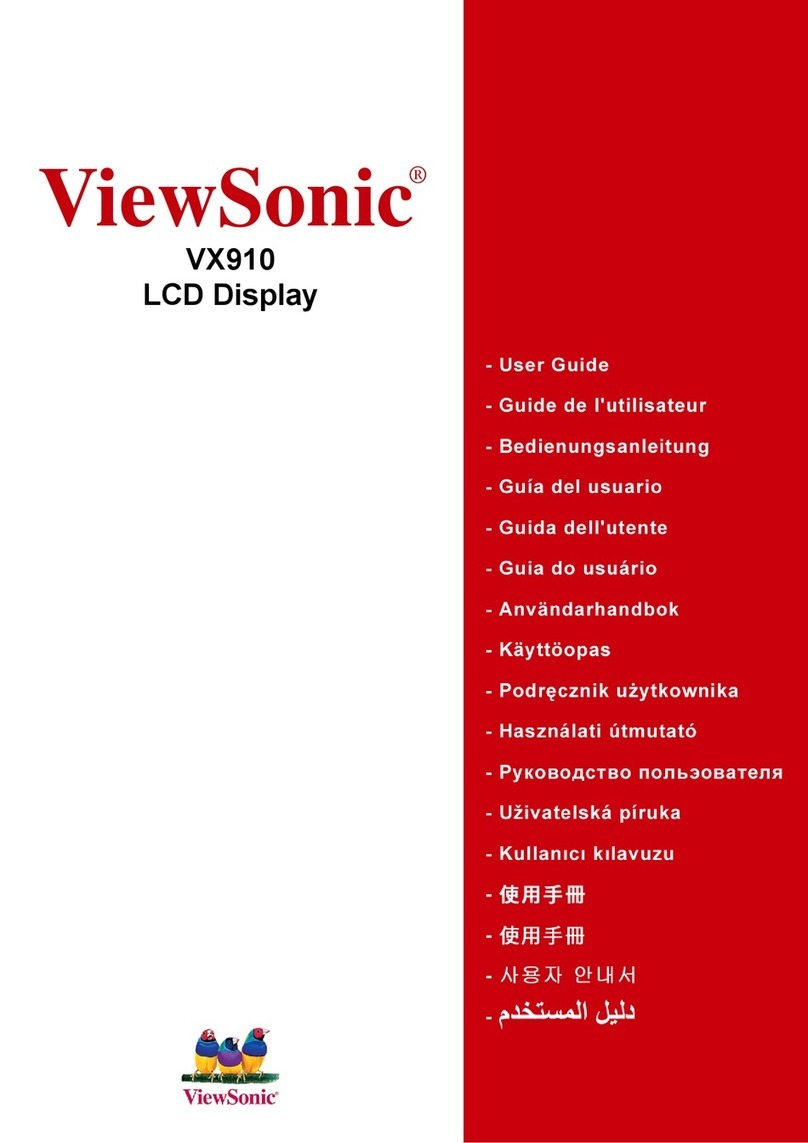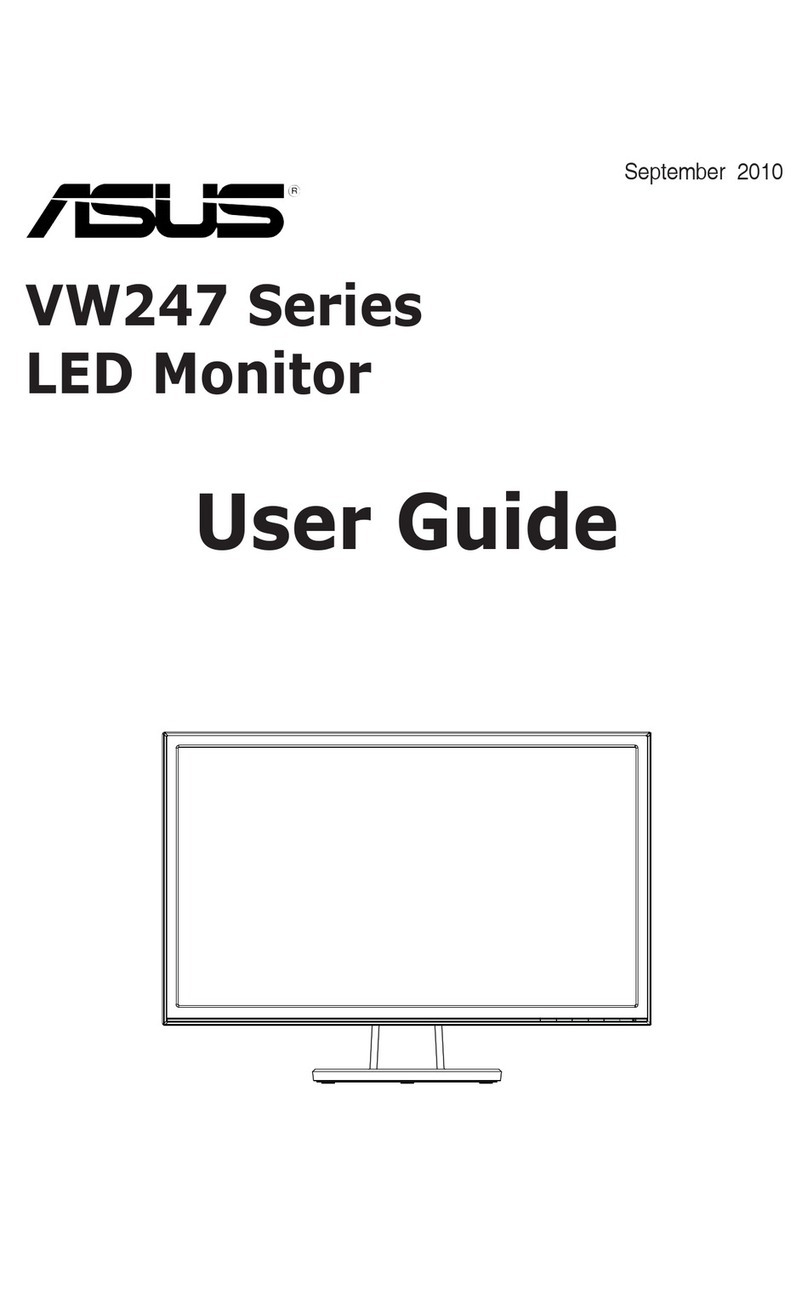WARNING!
This service information is designed for experience repair technicians only and is not designed for use by the general public.
It does not contain warnings or cautions to advise non-technical individuals of potential dangers in attempting to service
a product.
Products powered by electricity should be serviced or repaired only by experienced professional technicians.
Any attempt to service or repair the product or products dealt within this service information by anyone else
could result in serious injury or death.
1. CAUTION
Nomodificationof any circuitshouldbe attempted. Service work shouldonlybe performed afteryouare thoroughly
familiar withall ofthefollowingsafetychecks andservicingguide lines.
2. SAFETY CHECK
Care should be taken while servicing this CRTdisplaybecause of thehigh voltageused in the deflectioncircuits.
These voltagesare exposed in suchareas as the associated flybackandyoke circuits.
3. FIRE &SHOCK HAZARD
3-1Insert an isolationtransformerbetweentheCRTdisplayandACpower linebefore servicingthe chassis.
3-2In servicingpayattentionto originallead dress especiallyinthe highvoltage circuit. If a short circuit is found,
replace all parts whichhave been overheated as a result of the short circuit.
3-3Allthe protective devices munt be reinstalled per original design.
3-4Solderingmust beinspected for possible cold solderjoints, frayed leads, damagedinsulation, solder splashes or
sharp solder points. Be certain to remove all foreignmaterial.
4. LEAKAGE CURRENT COLD CHECK
4-1Unplug theACcord and connect a jumper between the twoprongson the plug.
4-2Turn the CRTdisplaypower switch “on”.
4-3Measure the resistance valuewith anohmmeter betweenthe jumpered ACplugandeach exposed metallic part
onthe CRTdisplaysuchas themetal frame, screwheads, control shafts, etc. When the exposed metallic part has
a return pathtothe chassis, the readingshouldbe 1.8 megohm minimum.
5. LEAKAGE CURRENT HOT CHECK
5-1PlugtheACcord directly into theACoutlet. Do not use an isolationtransformer duringthischeck.
5-2 Connect a 1500 ohm, 10 watt resistor, paralleled by a 0.15uF capacitor between each exposed metallic part and
a good earth ground (as shown in Fig.1).
5-3 Use an AC voltmeter with 1000 ohm/volt or more sensitivity and measure the AC voltage across the
combination 1500 ohm resistor and 0.15uF capacitor.
1. Precautions And Safety Noticess
1
ViewSonic CorporationConfidential
-
Do Not Copy G90f/B-3


